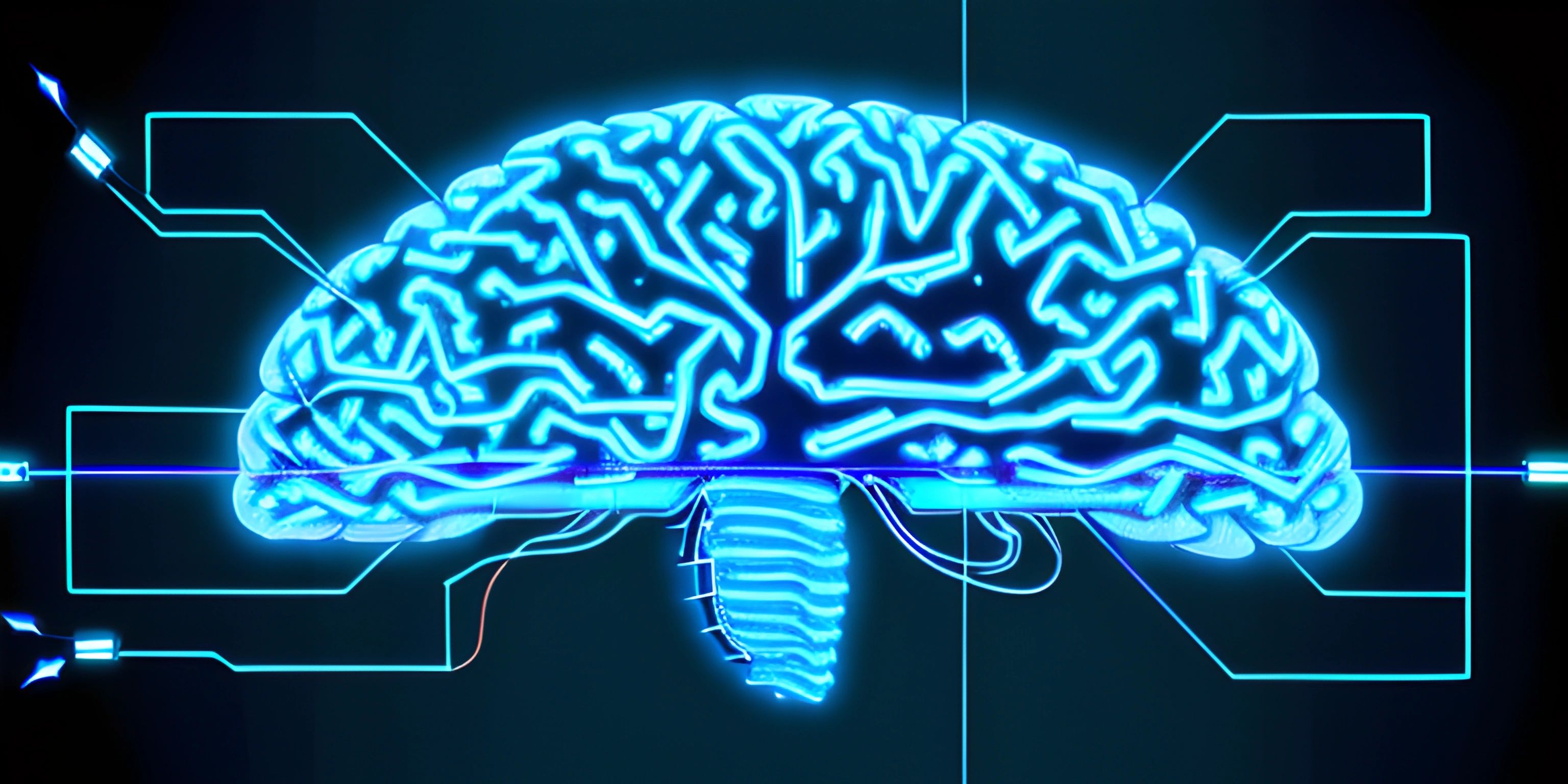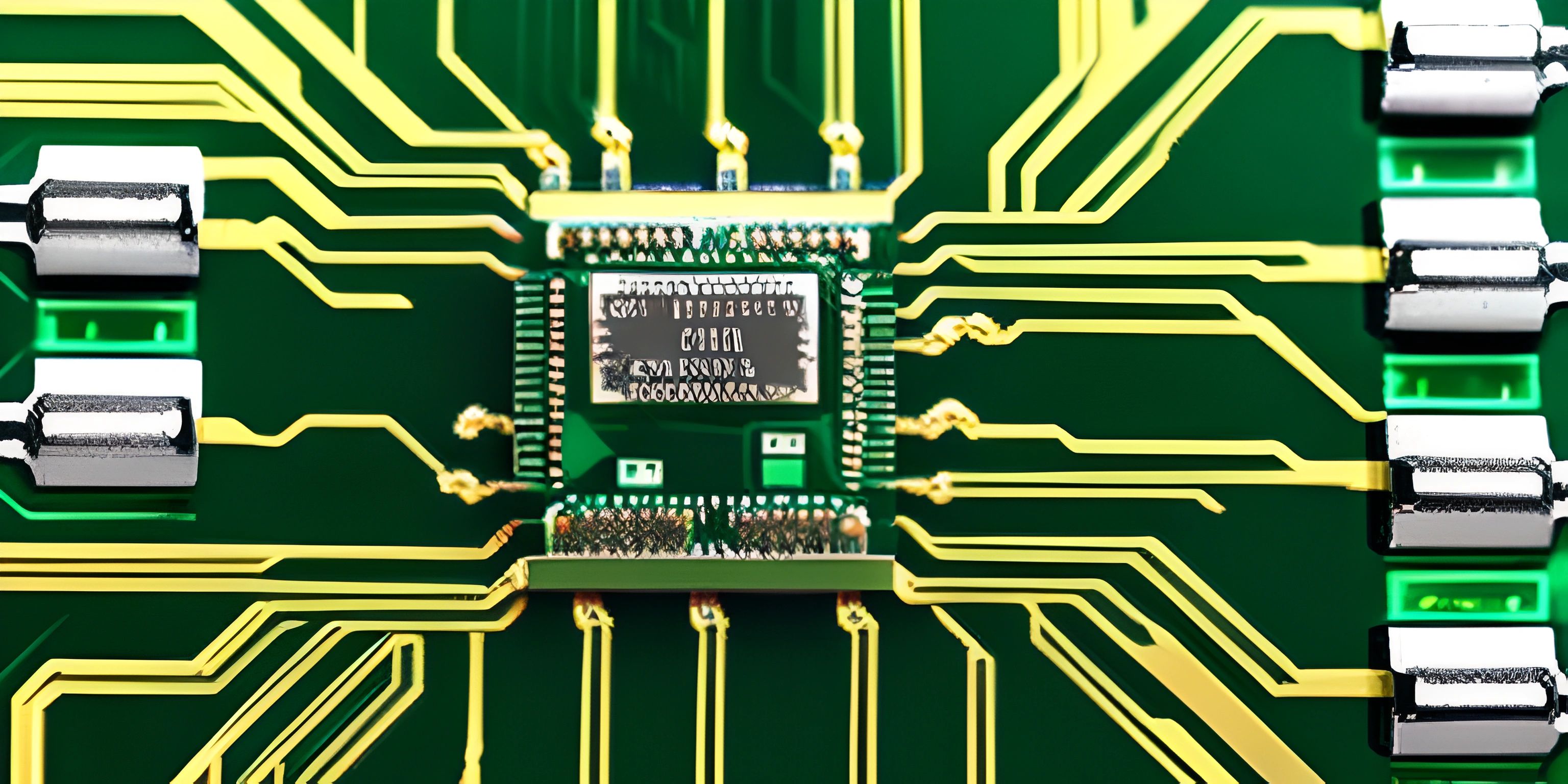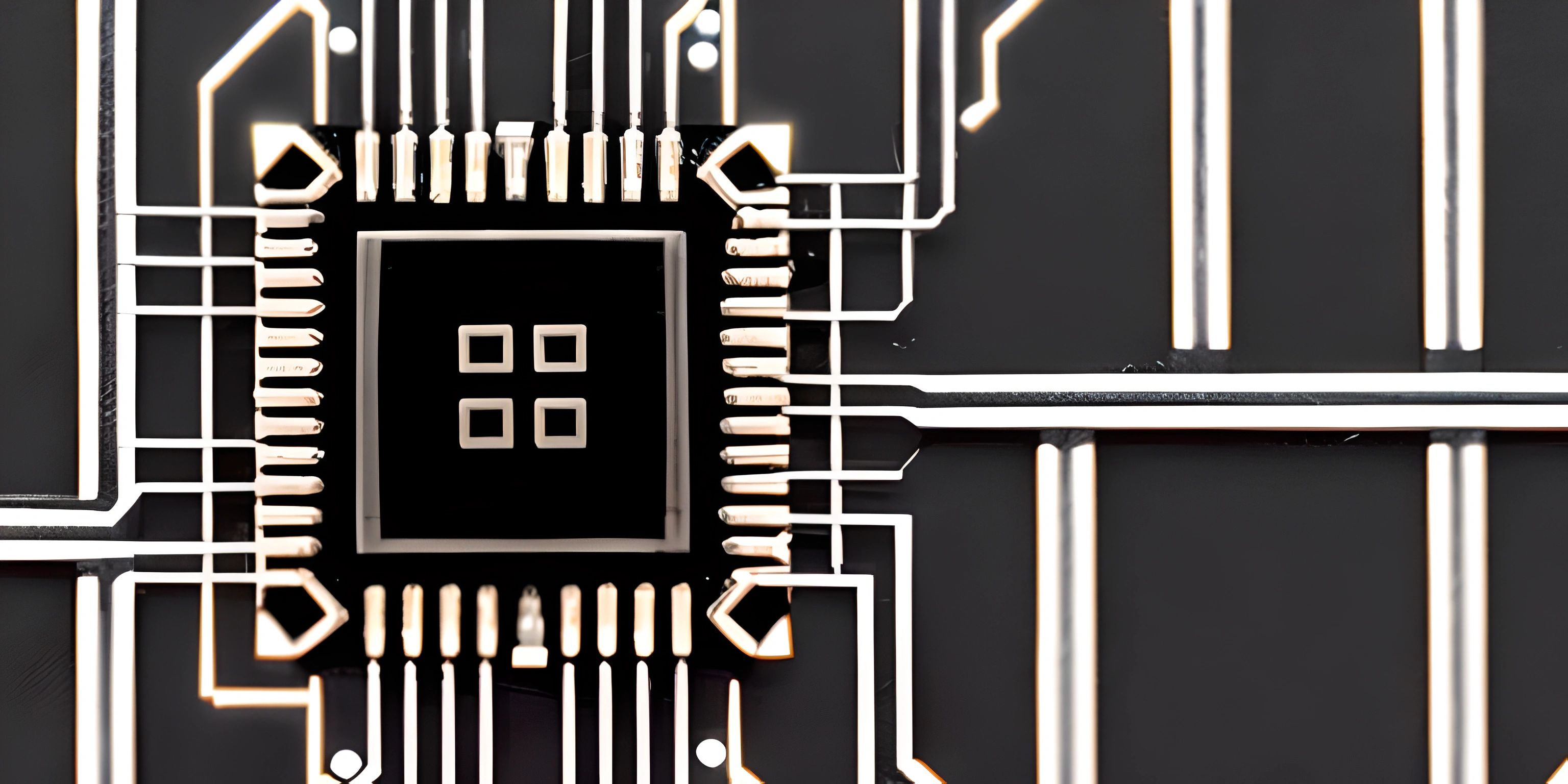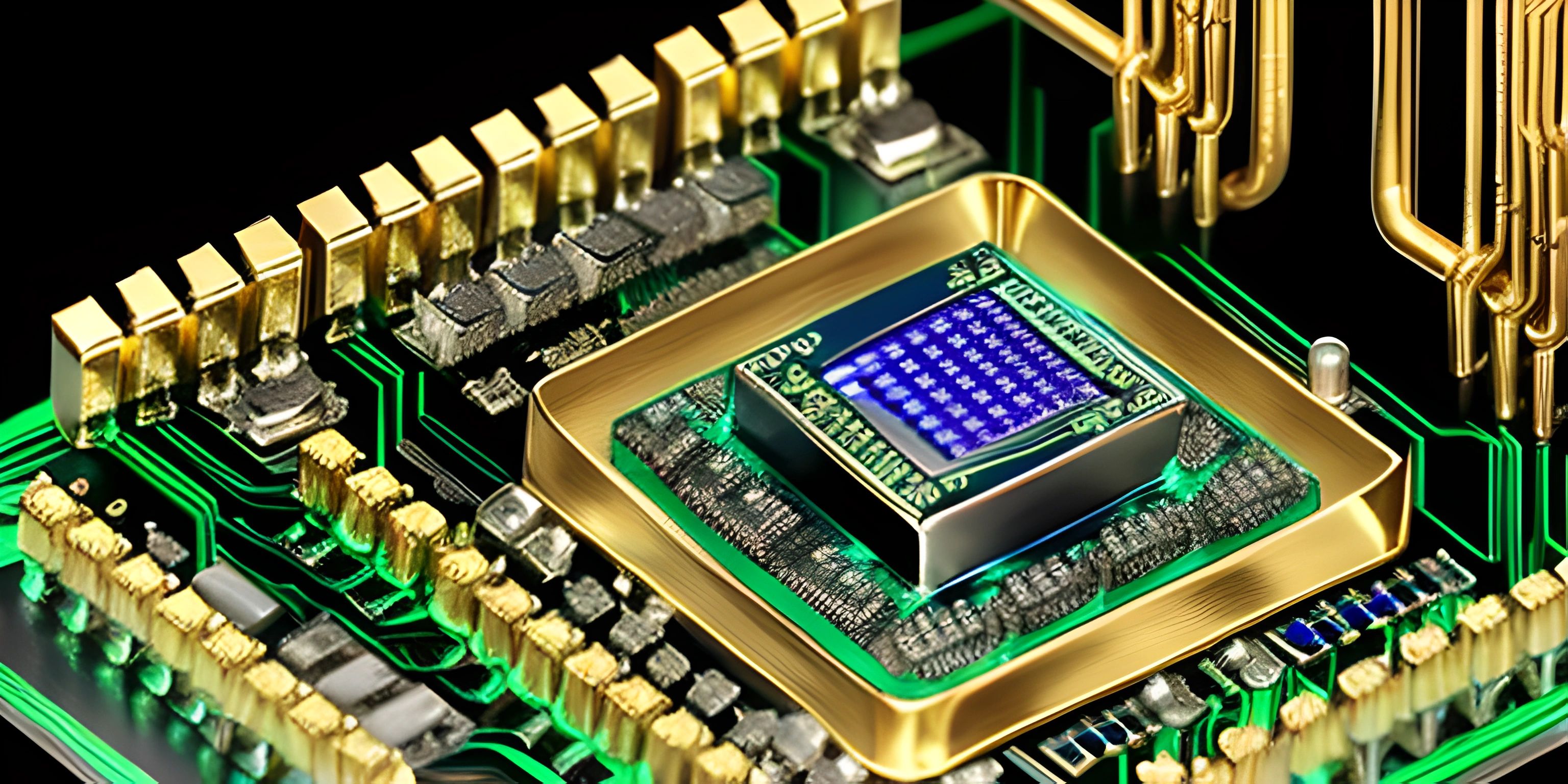CPU Basics: Understanding CPU Architecture and Functionality
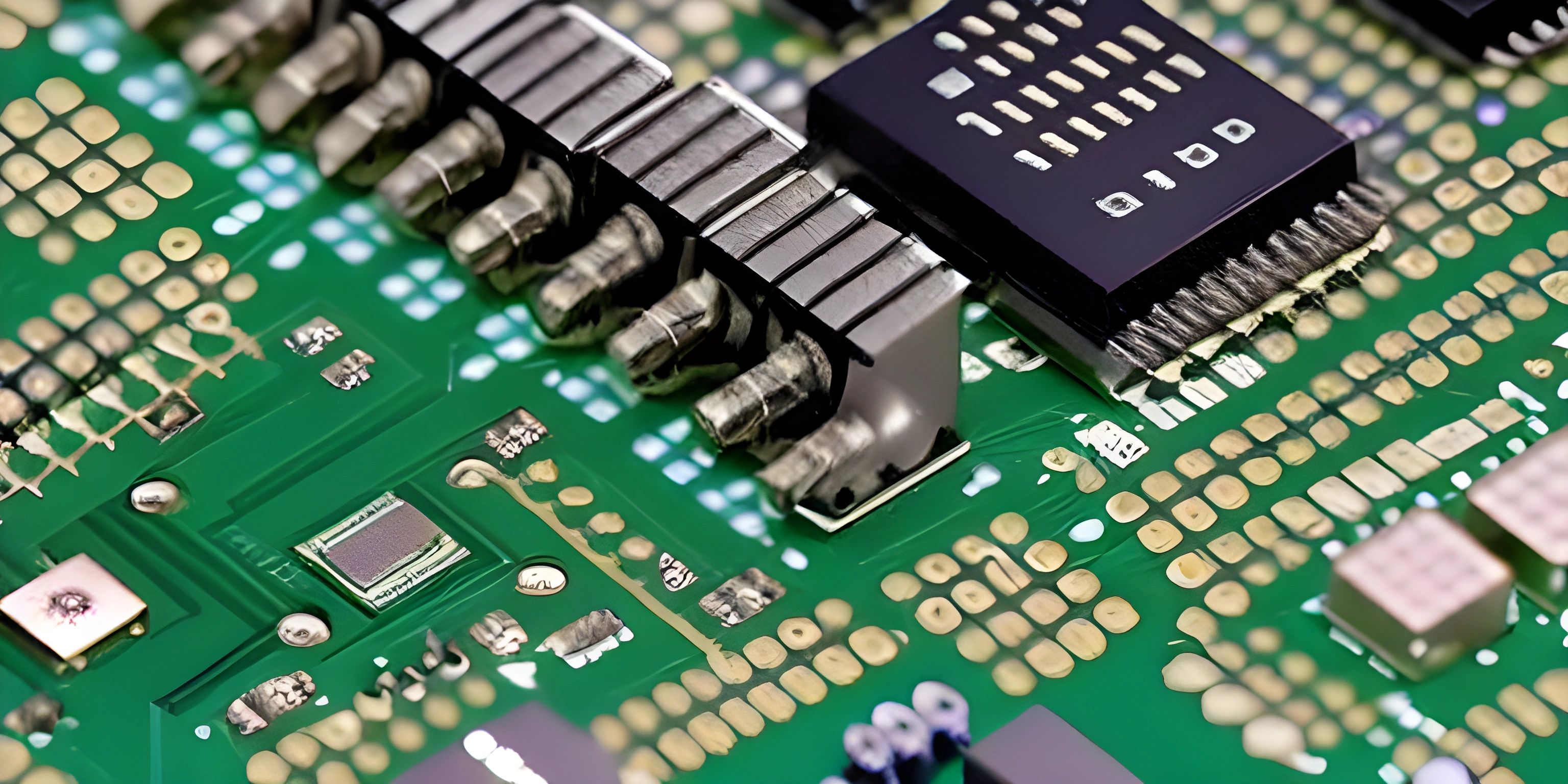
Note: this page has been created with the use of AI. Please take caution, and note that the content of this page does not necessarily reflect the opinion of Cratecode.
Imagine your computer as a bustling city, with cars zooming around, traffic signals directing paths, and construction workers building new structures. In this city, the CPU is the mayor, the traffic controller, and the lead engineer all rolled into one. It's the brain of your computer, orchestrating every single task with precision and speed. Let's dive into the world of CPUs and uncover how they work their magic.
What is a CPU?
The Central Processing Unit (CPU), often dubbed the "brain" of the computer, is responsible for executing instructions. Think of it as the conductor of an orchestra, ensuring every component plays its part in harmony. Without the CPU, your computer would be like a band with no conductor—a chaotic cacophony of uncoordinated sounds.
Inside the CPU
The CPU's architecture is akin to a well-oiled machine, with various parts performing specific roles:
- Arithmetic Logic Unit (ALU): This is the math whiz of the CPU. It handles all arithmetic operations (like addition and subtraction) and logical operations (such as comparisons).
- Control Unit (CU): Think of this as the traffic cop, directing the flow of data and instructions within the CPU.
- Registers: These are tiny storage locations within the CPU that hold data temporarily. They are like your short-term memory, quickly accessible but limited in capacity.
- Cache: A small, ultra-fast memory that stores frequently accessed data to speed up processing. It's like having a notepad for quick references.
The Fetch-Decode-Execute Cycle
The CPU operates in a repetitive cycle known as the Fetch-Decode-Execute cycle:
- Fetch: The CPU retrieves an instruction from memory.
- Decode: The instruction is translated into signals that the CPU can understand.
- Execute: The CPU carries out the instruction.
This cycle happens billions of times per second, enabling your computer to perform complex tasks at lightning speed.
Instruction Sets
An instruction set is a collection of commands that a CPU can execute. These sets are like the language the CPU understands. Different CPUs may use different instruction sets, but the most common ones are:
- x86: Used in most desktop and laptop CPUs.
- ARM: Commonly found in smartphones and tablets.
Instruction sets are crucial because they define how software communicates with the hardware. It's like having a shared vocabulary between the two.
Multi-Core Processors
Modern CPUs often come with multiple cores, essentially packing several CPUs into one chip. Each core can handle its own fetch-decode-execute cycle independently, allowing for parallel processing. This is like having multiple chefs in a kitchen, each preparing different dishes simultaneously, speeding up the overall cooking process.
Hyper-Threading
Some CPUs use a technology called hyper-threading, which allows a single core to handle multiple threads (sequences of instructions) simultaneously. Imagine it as a chef with two hands, preparing two dishes at once. It's not as effective as having two separate chefs, but it boosts efficiency.
CPU Performance Metrics
How do we measure a CPU's performance? Here are some key metrics:
- Clock Speed: Measured in gigahertz (GHz), this indicates how many cycles a CPU can perform per second. A higher clock speed generally means a faster CPU.
- Cores: More cores usually mean better multitasking and parallel processing capabilities.
- Cache Size: A larger cache can store more data for quick access, improving performance.
- Thermal Design Power (TDP): This measures the maximum amount of heat a CPU can generate. Lower TDP often means better energy efficiency.
Instruction Pipelining
Instruction pipelining is a technique used to improve CPU performance by overlapping the stages of the fetch-decode-execute cycle. Imagine an assembly line in a factory where different stages of a product are being assembled simultaneously. This way, multiple instructions are processed in different stages, leading to faster overall execution.
Branch Prediction
CPUs use a technique called branch prediction to guess the outcome of conditional operations (like if-else statements). If the prediction is correct, the CPU can continue executing without interruption. If it's wrong, the CPU has to backtrack, causing a slight delay. It's like a chess player predicting their opponent's moves to stay ahead in the game.
Overclocking
Overclocking is the process of increasing a CPU's clock speed beyond its factory settings to boost performance. It's like revving up a car engine for extra speed. However, it comes with risks like overheating and reduced lifespan, so it's essential to have proper cooling solutions.
Power Efficiency
Modern CPUs are designed to be power-efficient, balancing performance with energy consumption. Techniques like dynamic frequency scaling (adjusting the clock speed based on workload) help conserve energy. It's like a car switching to a higher gear on a highway and downshifting in city traffic to save fuel.
Compatibility
When choosing a CPU, compatibility with other components (like the motherboard and RAM) is crucial. CPUs have specific socket types, and not all are interchangeable. It's like finding the right key for a lock—only the correct match will work.
Hey there! Want to learn more? Cratecode is an online learning platform that lets you forge your own path. Click here to check out a lesson: Async Rust (psst, it's free!).
FAQ
What is the primary function of a CPU?
The primary function of a CPU is to execute instructions. It performs arithmetic and logical operations, controls data flow, and manages tasks within the computer, acting as the brain of the system.
What is the Fetch-Decode-Execute cycle?
The Fetch-Decode-Execute cycle is the process by which a CPU retrieves an instruction from memory (fetch), translates it into signals (decode), and carries out the instruction (execute). This cycle happens billions of times per second.
What is the role of the ALU in a CPU?
The Arithmetic Logic Unit (ALU) handles all arithmetic operations (like addition and subtraction) and logical operations (such as comparisons). It's the math whiz of the CPU.
How does hyper-threading improve CPU performance?
Hyper-threading allows a single CPU core to handle multiple threads simultaneously, increasing efficiency. It's like a chef using both hands to prepare two dishes at once, boosting overall performance.
What are some common instruction sets used by CPUs?
The most common instruction sets are x86, used in most desktop and laptop CPUs, and ARM, commonly found in smartphones and tablets. Instruction sets define how software communicates with hardware.

